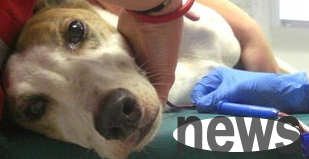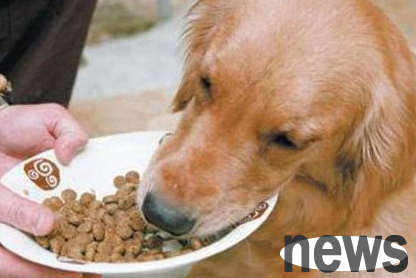If dogs need blood transfusions in surgery or other diseases, where does the blood they use come from? The answer is: donated by the dog. Pet Blood Bank UK is an official blood bank. It is the first and only charity of this type, and has been operat...
If dogs need blood transfusions in surgery or other diseases, where does the blood they use come from? The answer is: donated by the dog.

Pet Blood Bank UK is an official blood bank. It is the first and only charity of this type, and has been operating for 8 years, during which more than 6,000 dogs donate blood. From the beginning, 3 cases of blood donation per week, to the present, 22 cases per week.
Donating dogs must meet certain requirements and have a specific screening procedure. Blood donors must be healthy, have normal body temperature, and have normal heart rate and breathing. The dog should weigh at least 25 kilograms, and it should not have a history of overseas travel, and of course there are some other requirements.
The demand for veterinary blood is increasing. In the first year of the establishment of the Pet Blood Bank, there were less than 200 blood donations, with a total of 500 units of dog blood, each unit being 450ml. The veterinarian used 100 units that year. Nowadays, 5,000 units of blood are consumed every year.
Like human blood donation, a small amount of blood must be collected and sent for examination to determine whether it is suitable for donation. The blood collection site is usually the vein of the dog's legs or the jugular vein at the neck. First, you need to shave your hair partially and then put a blood collection needle, which is the standard process. If you can find blood vessels without shaving, you can avoid shaving.
If the blood sample is passed, the dog can enter the blood donation procedure. The dog and its owner will enter a dedicated blood donation room together and let it lie comfortably on the operating table. When the dog becomes quiet, the veterinarian will place a blood collection needle and collect 450 ml of blood within 5 to 10 minutes. During this period, the dog must be encouraged and praised.

"There was no pain during the blood collection process. This was discovered in countless practical operations. Many of the dogs have been donating blood for many years. When they see us, their tails are shaking happily." Jenny Walton, director of the veterinary department of the Pet Blood Bank, said that if the dogs become restless during the blood collection process, they will immediately stop collecting blood.
"After blood donation is completed, the dog will be given a toy, water and snacks, and some time to rest and relax. A red turban means that it has given blood."
Sealed blood bags will be sent to the blood bank of Loughborough and Leicestershire, and then plasma and red blood cells are separated (this so-called ingredient blood transfusion). Finally stored for later use. Frozen plasma can be stored for 5 years and refrigerated red blood cells can be stored for 6 weeks.
Walking a dog alone in the park is the happiest moment of my day. Dogs are part of your life. But you are his life.